In the ever-evolving landscape of technology, businesses face a constant battle against the dark forces lurking in cyberspace. From malicious hackers to sophisticated malware, the world of IT security is riddled with threats that can bring even the most robust organizations to their knees. In this article, we will explore seven of the most pressing IT security threats faced by businesses today.
How IT Security Threats Damage Businesses
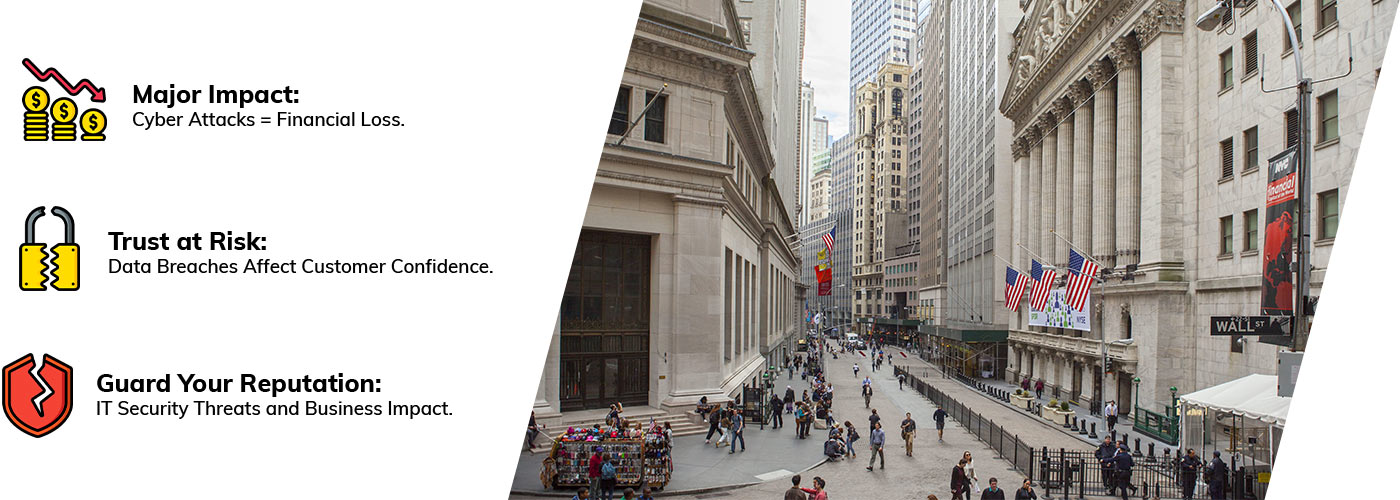
IT security threats have become a constant menace for businesses, with devastating consequences. One of the most significant impacts is financial loss. Cyber attacks can result in stolen funds, fraudulent transactions, and disrupted business operations. When customer data is compromised, businesses may face costly legal actions and reputational damage as well.
Moreover, IT security threats can erode the trust that customers place in a business. With data breaches becoming increasingly common, customers are wary of sharing their personal information with organizations that cannot protect it. This lack of trust can lead to decreased customer loyalty and ultimately impact revenue streams.
IT security threats pose serious risks to businesses – ranging from financial losses and damaged reputation to decreased productivity levels. It is important for organizations to invest in effective cybersecurity measures that continuously adapt and evolve in order to stay one step ahead of potential online dangers.
Preventing Malware and Ransomware Attacks
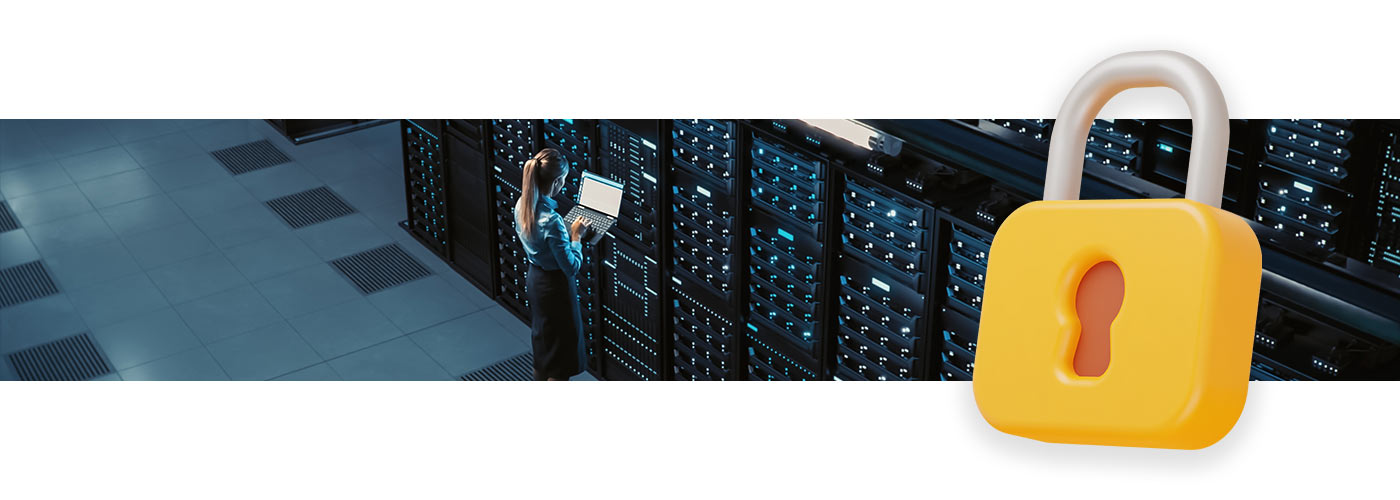
Malware and ransomware attacks have become increasingly prevalent in today’s digital landscape. Malware refers to any software designed with malicious intent, seeking to disrupt computer systems, steal sensitive data, or gain unauthorized access.
On the other hand, ransomware is a type of malware that encrypts files on infected devices and holds them hostage until a ransom is paid.
The consequences of these attacks are far-reaching and can have significant financial and reputational impacts on businesses. They can result in the loss or compromise of valuable company data and intellectual property. This not only puts private customer information at risk but also exposes trade secrets and confidential business strategies.
The downtime caused by malware and ransomware attacks can cripple operations for days or even weeks at a time.
It is crucial for businesses to invest in robust cybersecurity measures that include regular system updates, employee training on best practices for online safety, strong password policies, and encrypted communications channels among others.
By being proactive in defending against these threats rather than reacting when an attack occurs, companies can minimize the risks associated with malware and ransomware attacks while keeping their essential operations running smoothly.
What Are Phishing and Social Engineering Attacks?
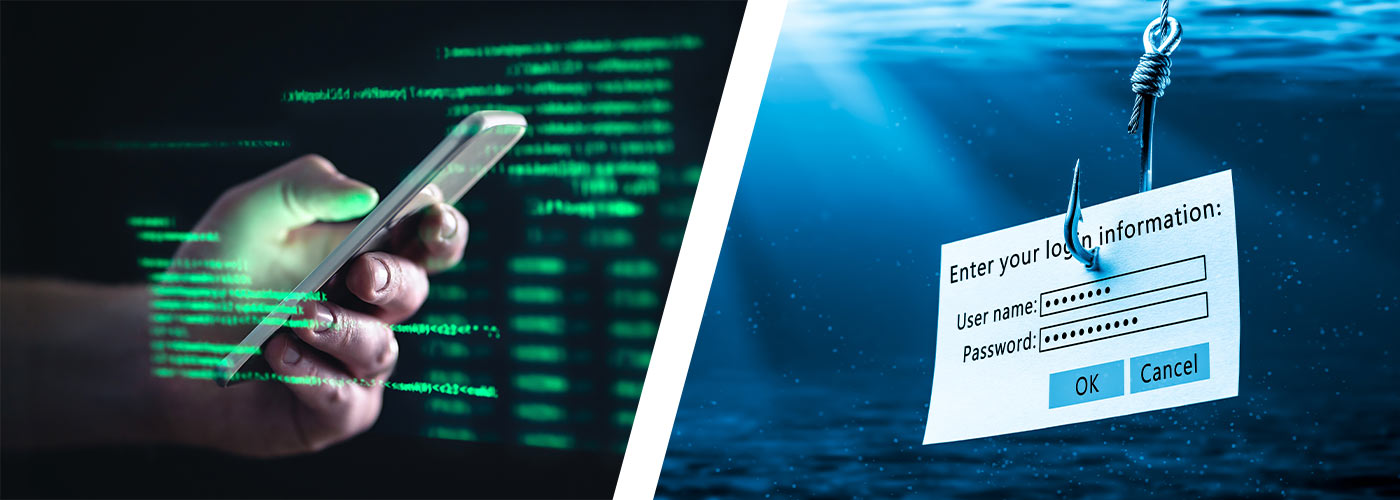
Phishing and social engineering attacks are two common techniques used by cybercriminals to deceive individuals into revealing sensitive information or performing harmful actions.
Phishing involves impersonating a reputable entity such as a bank, government agency, or popular website through email, text messages, or phone calls. Manipulative tactics such as urgency and fear are employed to trick victims into divulging personal details like passwords, credit card numbers, or social security numbers.
Social engineering attacks take advantage of human psychology by manipulating individuals into providing access or confidential information willingly. Attackers exploit trust and authority to manipulate victims into downloading malicious software, sharing privileged data, or granting unauthorized access.
Awareness programs can help educate people about the tricks used by attackers and train them to identify suspicious requests for information.
Regular updates on the latest attack methods also play a crucial role in ensuring individuals can detect scams effectively. Additionally, implementing reliable security measures like multi-factor backup services is essential in safeguarding personal and corporate data from falling victim to these harmful attacks!
Managing Cloud Security Protocols
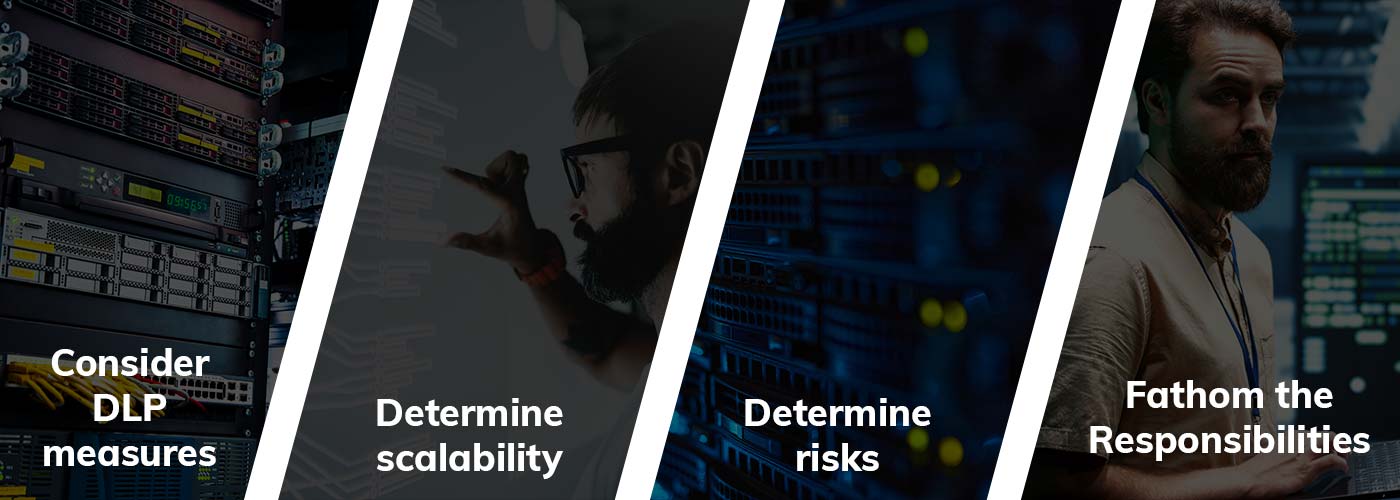
Cloud security has become a pressing concern for businesses of all sizes. As more and more sensitive data is stored, the need to enhance security measures becomes increasingly important.
One effective way to boost cloud security is by implementing multi-factor authentication (MFA). MFA adds an extra layer of protection by requiring users to provide two or more forms of identification before accessing their accounts.
Another crucial aspect of cloud security is regular monitoring and auditing of access logs. By closely tracking who has access to sensitive data, businesses can detect any unusual activities or unauthorized access attempts promptly.
Additionally, encrypting data while it is at rest and in transit further enhances cloud security. Encryption ensures that even if someone manages to gain access to the data, they will not be able to read or use it without the decryption key.
Understanding The Impacts of Advanced Persistent Threats
Advanced Persistent Threats (APTs) have become a major concern for organizations across all industries. These sophisticated cyber-attacks are executed by highly skilled hackers who are often state-sponsored or part of organized criminal groups.
What sets APTs apart from other types of attacks is their persistence and determination to stay undetected within cloud infrastructure for an extended period of time, allowing them to access valuable data and wreak havoc.
One of the most significant impacts of APTs is financial loss. The cost associated with responding to an APT attack can be astronomical – from investigating the breach, remediating the damage, and implementing security measures to prevent future incidents.
To combat the impacts of APTs, organizations need to invest in robust cybersecurity measures that include advanced threat detection technologies and regular vulnerability assessments.
Employee training programs should emphasize strong password management practices, as attackers often exploit weak passwords in the initial stages of an APT campaign.
Keep An Eye Out For Insider Threats
Insider threats pose a significant risk to the security of an organization’s network. While most companies focus on external threats, they often overlook the danger that may lurk within their own walls.
One key aspect of understanding insider threats is recognizing that not all malicious insiders fit the stereotypical mold of a rogue employee with criminal intent. In fact, many insider incidents occur unintentionally due to negligence or lack of awareness.
Employees who unknowingly click on phishing emails or fail to follow proper security protocols can inadvertently expose sensitive data and compromise network security. Therefore, organizations must prioritize education and training programs that raise awareness about common cybersecurity risks among all employees, fostering a culture of vigilance and responsibility.
You can minimize insider threats by implementing a comprehensive security framework that includes strong access controls, regular monitoring and auditing of user activities, and encryption of sensitive data.
Identifying Mobile and IoT Security Threats
Mobile devices and Internet of Things (IoT) devices have become an essential part of our daily lives. From smartphones to smart home appliances, these connected devices offer convenience and efficiency like never before. However, this also means that they can become targets for hackers and cybercriminals, posing a significant security threat.
One way to identify potential security threats is by being aware of the most common attack vectors for mobile and IoT devices. For mobile devices, phishing attacks through malicious apps or links are prevalent.
These attacks often trick users into giving away sensitive information or granting unauthorized access to their device. Similarly, with IoT devices, weak or default passwords are a common vulnerability that allows attackers to gain control over these interconnected gadgets.
Preventing mobile and IoT security threats requires a multi-layered approach. First, keeping all the software on your device updated is crucial as it includes vital security patches that fix vulnerabilities exploited by hackers.
Additionally, adopting advanced encryption methods such as Secure Sockets Layer (SSL) or Transport Layer Security (TLS) when transmitting sensitive data over networks can safeguard your information from interception by attackers. Using reputable antivirus software specifically designed for mobile and IoT devices can help detect malware or malicious apps before they cause substantial damage.
Correcting Legacy System Compromises
One way to identify legacy system vulnerabilities is through comprehensive risk assessments that evaluate the system’s architecture, software dependencies, and obsolete components.
By understanding the specific weaknesses within a legacy system, organizations can determine where additional resources or updates may be needed to reduce risks.
Once identified, preventing legacy system vulnerabilities requires a multi-faceted approach. Patch management plays a critical role in addressing security loopholes by ensuring all necessary updates are applied promptly within routers. Legacy systems often lack built-in cybersecurity features and must rely on additional layers of defense such as firewalls and intrusion detection systems.
Regular training sessions for employees can help cultivate awareness about the risks associated with using outdated technology and teach good security practices to mitigate those risks effectively.
Often overlooked but crucially important is establishing an incident response plan tailored specifically for legacy systems that incorporates robust backup solutions, rapid recovery strategies, and clear communication channels to minimize downtime in case of an attack.

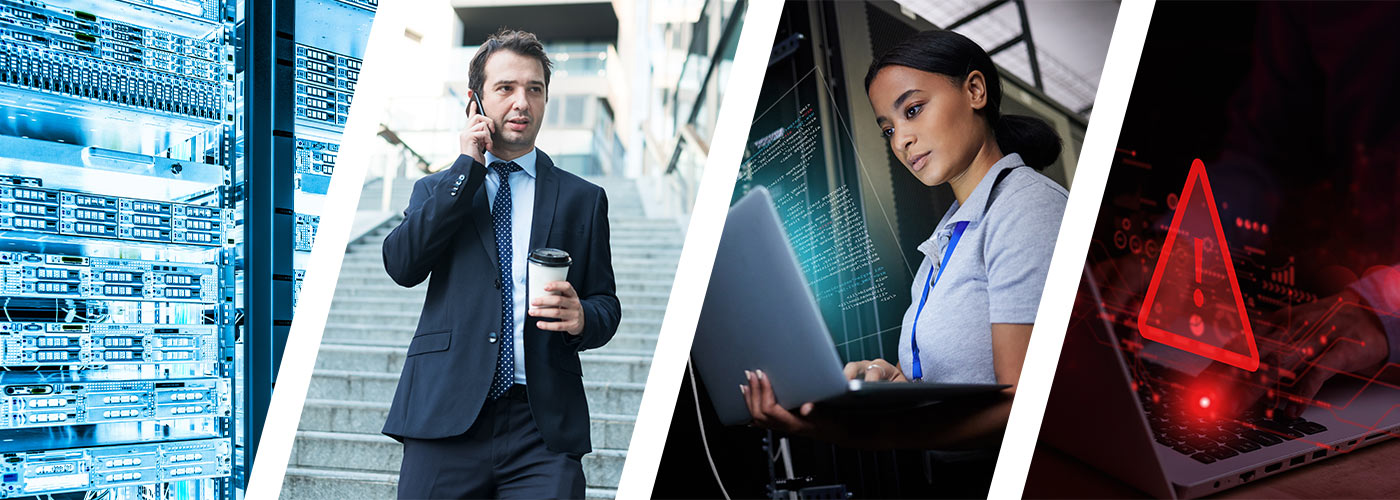
More to Read
What Are Managed Cloud Services? (And Why Some Businesses Choose Self-Managed Cloud Instead)
Cloud computing has revolutionized how businesses deploy, manage, and scale their digital infrastructure.
Apr
How to Choose the Right Cloud Storage Solution: A Comparison of Features, Costs, and Security
The sheer volume of data businesses handle today is enormous. Globally, approximately 402.74 million
Apr
Sharktech Announces New Web Hosting and Cloud Industry Alliance
Sharktech and 22 Other Companies Launch Secure Hosting Alliance to Build Trusted Web Hosting Industry
Feb
Think the Cheapest Dedicated Server is A Good Idea? What You Need to Know
Should you hunt for the cheapest dedicated server? Finding the most affordable option
Oct
Discover How These 8 Cloud Monitoring Tools Can Help You Drive Better Business Performance
When it comes to managing your cloud environment, cloud monitoring tools are essential
Oct
Pick the Best Cloud Management Platform with These 5 Pro Tips
Managing cloud infrastructure can become overwhelming, especially as businesses scale and adopt more
Oct